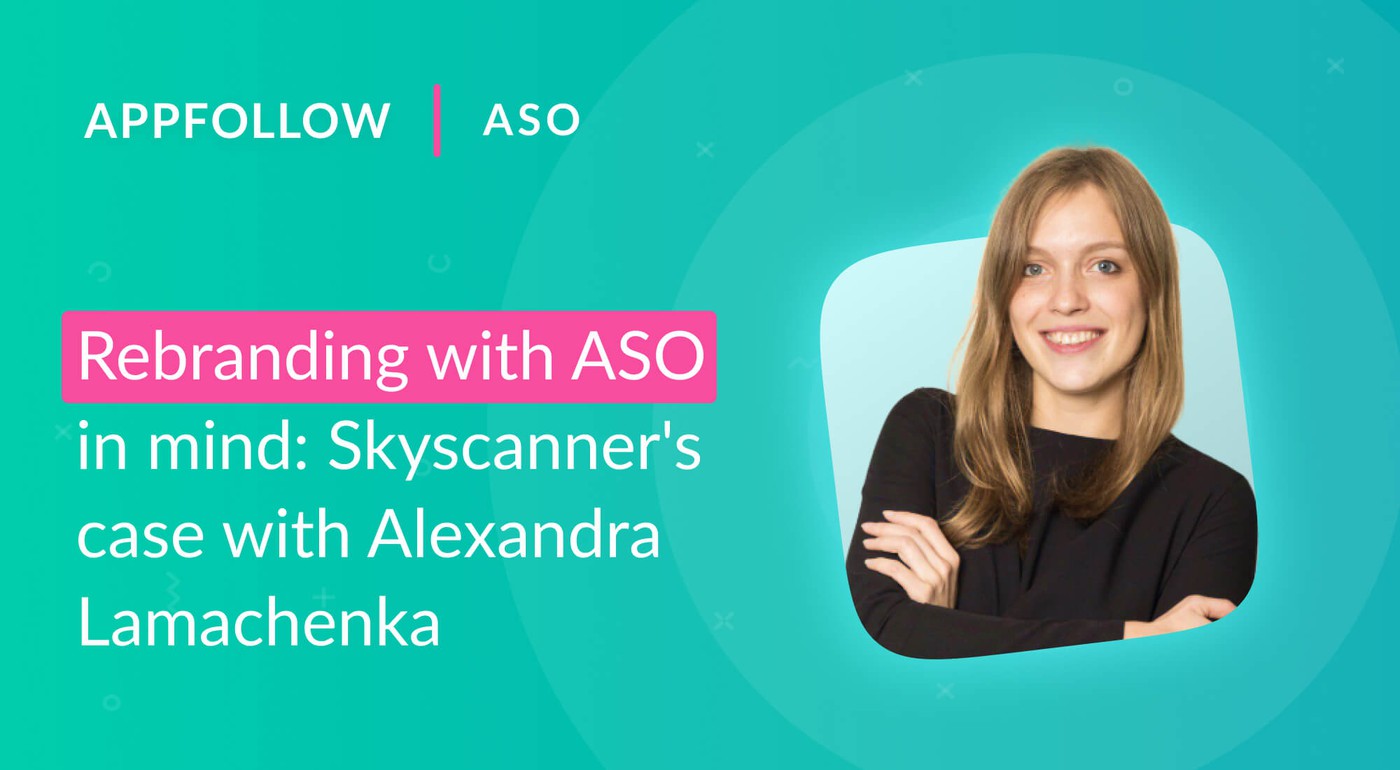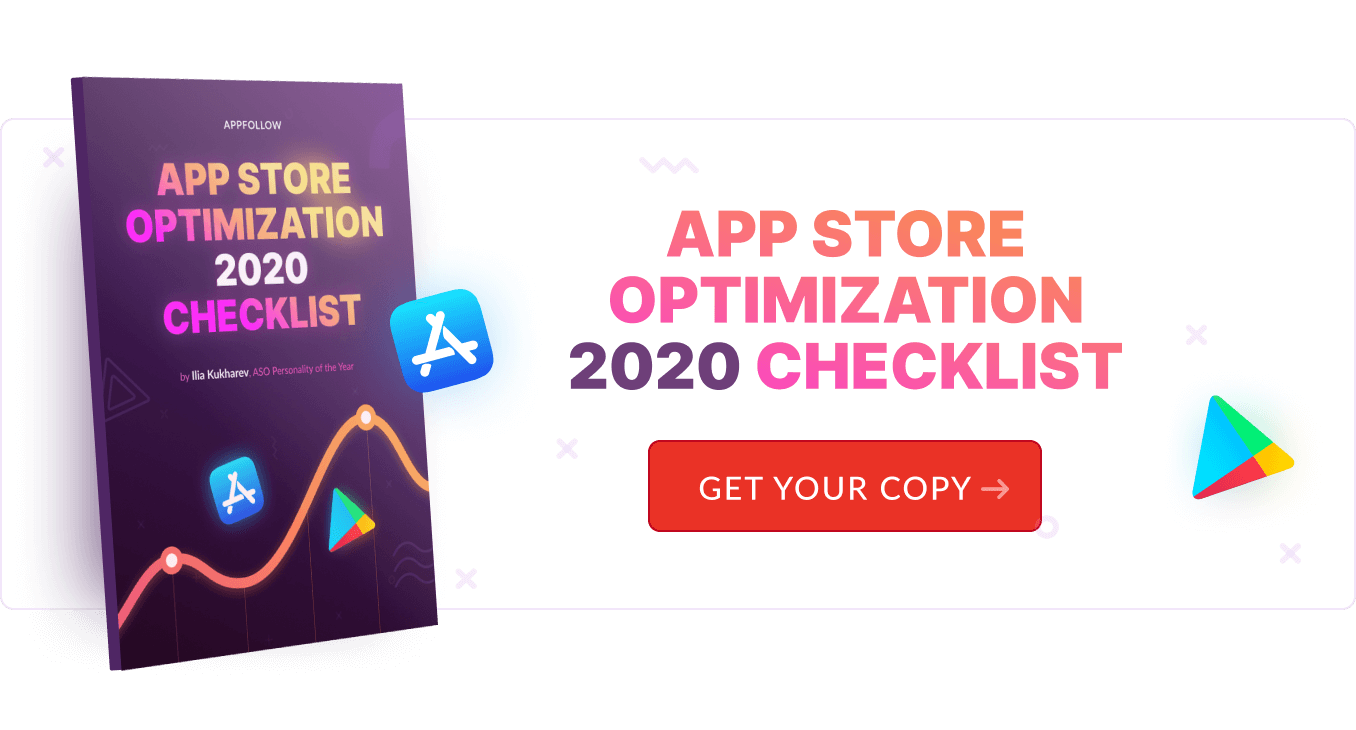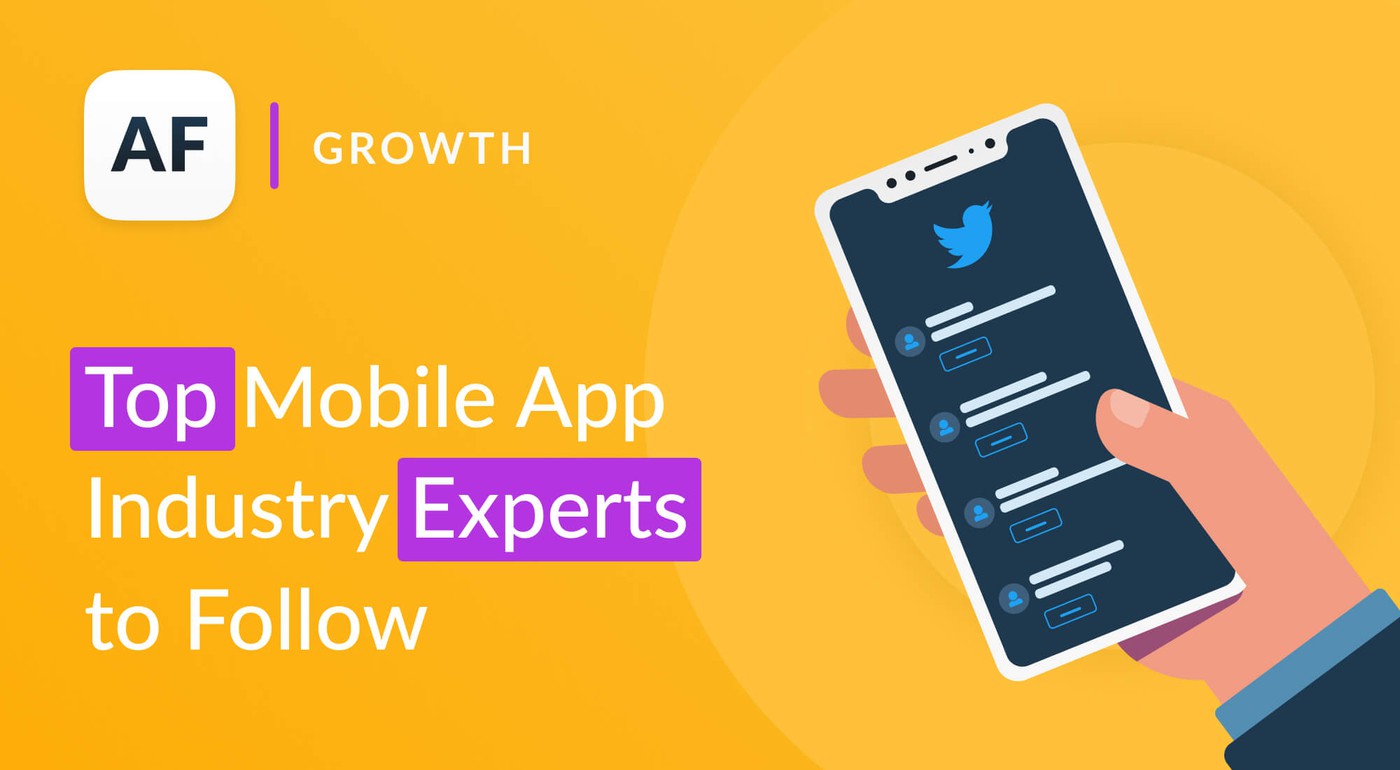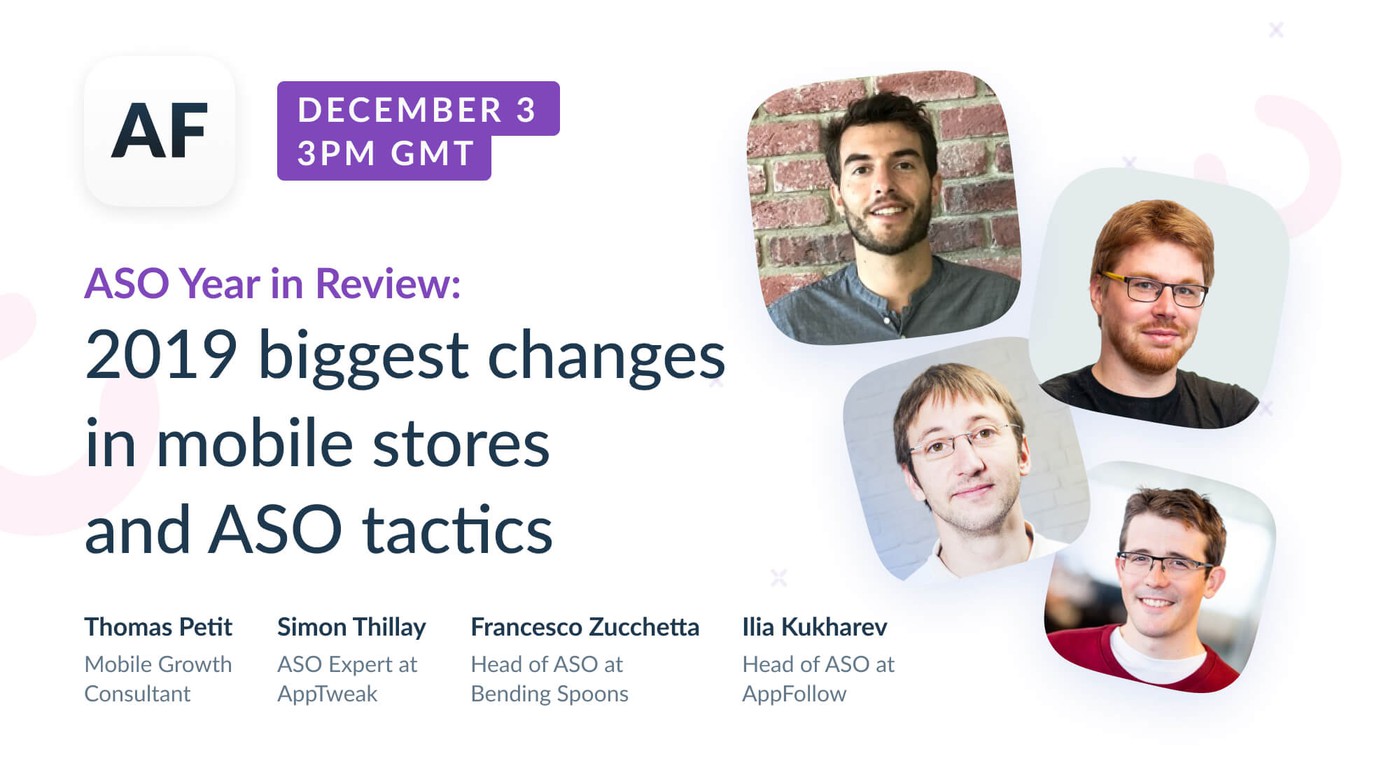Rebranding with ASO in mind: Skyscanner's case

Table of Content:
This is a recap of Alexandra's talk from AppFollow's Online Conference.
A big thing happened at Skyscanner just two weeks ago. Our website, our app, our storefronts, our columns, everything has changed overnight. We've launched a full rebranding.
What you do not see from the outside is what it takes to get to this overnight change. Especially on the App Store and the Play Store, where your work depends on all possible themes, product, brand, design, PR, everything.

The challenges of app store rebranding
Imagine that among all the branding examples out there, you have a hyper-localized app, which is active on 40 markets across two app stores, with very limited human resources, and you're responsible for the whole rebranding process. You have just three months and you need to get results. We had extreme inconsistency across app stores and markets: icons, screenshots, tone of voice, descriptions, everything was different from market to market. We had absolutely no brand protection. We had to change.
The biggest enemy we had to fight is time. We needed to make bold decisions to make sure that we are able to do the change in just three months. The first decision we made is that we started playing a bold brand game. We started fully focusing on brand, understanding that we can sacrifice our immediate organic performance. We're also tightly connected our ASO engineering. App Store Optimization became a part of the engineering team. That way we’ve tightly connected product and marketing.
We changed not only icons and screenshots (which are already a huge influence on our conversion rates, and therefore, rankings) but also all metadata, title, description, short description. Everything to match our new tone of voice globally. We were expecting our conversion rates and rankings going down and we were okay with that.
Why was it important for Skyscanner to do the change regardless of going down metrics?
Why could it be important for any company?
Because we wanted to build a strong brand, where people recognize our app and our logo and do not mix it up with cloud services. We wanted people to feel joy just looking at us. To know that they can open our app to be inspired and switch off from daily routine: not just to buy cheap flight tickets, hotels, car hire, etc. This is the price we were 100% ready to pay in order to make our app and our storefronts inspiring to users.

3 ASO concepts to stand on
There were three more rebranding strategy ideas that I was leaning on back then, and which I used to prove myself and others that if there is a drop in performance, it won’t be that significant. An impromptu rebranding checklist of sorts.
The first idea I had in mind is that on the App Store and the Play Store, people know exactly what they want. It is a super well-known statistic that 9 out of 10 top keywords are brand keywords. Generic searches and generic keywords are highly targeted searches. For instance: I want cheap flights, I want tickets, I want hotels, I want food delivery, I want weight loss. People know exactly what they want and formulate their needs properly.
As publishers, we can be some of that. We can even try and generate new demand. But what we absolutely cannot do is to be all of that at the same time. We have just two options: to try and constantly fight for a limited number of generic keywords within the same competition or we can try and play a bold brand game, where people are searching for our brand name more frequently. That means increasing your conversion rates by making sure people recognize your app.

The second idea I had is that browse traffic is growing for us, while search traffic becomes relatively steady. We have around 180% year-over-year browse traffic growth. With all that, I truly believe that old browse opportunities are not yet fully explored, neither by Skyscanner nor by any other company in the world. Apple and Google keep introducing new placements, new lists, and new opportunities to be featured. This channel will just keep evolving.

The third idea is that if we do enough buzz, our short term conversion rate and ASO losses will be covered. It's like you connect thousands of products and you turn the switch on. In a very, very short period of time, you receive PR, social media coverage, you're getting featured on stores if you're lucky, your installs are going up, people start searching for your brand name more frequently and your metrics are improving as people start exploring what's new in the app.

We've seen it happening with Airbnb, Uber, Spotify, Trainline. That's exactly what's happened at Skyscanner, too. Also, as we expected, our conversion rates went down as we changed our icon and screenshots. Our first-time installs went up. Our page views went up as well.
What inspires me the most is that people started searching for our brand name more frequently. Right now we see a 15% increase in our brand searches, and this is the number that stays stable, two weeks after the brand refresh.
Our case of integrating ASO with marketing
Right now, we need to understand how to do the changes really fast. We cannot afford to do screenshots or updating our storefronts manually. We need a better way to do that. For this reason, we decide that instead of creating an army of marketers, who will be doing screenshots and updates, ASO will become a part of the engineering team. The best thing about being an App Store marketer inside the engineering team is that everything can be automated. When I say everything, I really mean it.
Skyscanner is a very localized product. We deal with 40 markets. We want to show our features on six devices across two platforms, and we want to show from 6 to 10 features. That gives us a beautiful number of around 2,000 brand images that we needed to create to rebrand apps properly. When I first understood that, I just wanted to hug my knees. We sit down with the team and we were like, "Okay, there is no way we can do it manually." If we cannot automate the full process, we can automate the two most time-consuming steps. These would be localized app screenshots in the application and updating metadata.

App screenshots can be taken in a number of ways. You can do this with FastLink, but we use deep links at Skyscanner. Deep links that lead to specific pages in your app, like home, flights, hotels, car hire, et cetera. These deep links are normally used in any company for app testing or marketing campaigns. They can be perfectly used for screenshot automation as well.
So we opened a deep link in an emulator in the correct localization and took a screenshot. Same process rolls, thousands of images. After that, we add screenshots along with captions to this simple spreadsheet. With the content sync plugin, we transfer everything, we populate all content to the sketch file in just one click. It takes around 15 minutes to do that instead of a couple of weeks, which is quite amazing for me.
Updating metadata is next in line. We need to understand how to make the change exactly at 6:00 am in the morning on the 24th of September, and we're like, "Okay, let's do it."
Right now, to make this change possible and not to update everything manually, we store every single piece of metadata just as files and folders. When we need to update anything on the App Store and the Play Store, we just update files in these folders. Then we run Fastlane, and we update metadata on the App Store and the Play Store with the new version.
To make it 100% clear, for me the process looks like this: I would say to my designer friend - "Hey, are these thousands of screenshots ready?" He would be like, "Yeah, here is the link to dropbox." In three hours, I need to download everything from dropbox, run Fastlane and update everything on the App Store and the Play Store. We would say to him, "Thanks, all updated." He will thank us back.
Now I try to calculate how much time would it take before to do the whole change. The screenshots, metadata updating, all this technical stuff, it would take one and a half months for us. Right now, we spent around two weeks to automate the full process from A to Z. It takes around a couple of nights to generate all app images, around a couple of days to create new screenshots, and just a couple of hours to publish everything to the App Store and Google Play.

Key takeaways
Without all this automation it would not be possible to make this change and rebrand. It would be a huge challenge for us. If you ask me how many people were working on App Store rebranding during this time, I would answer that it was only me and one marketer. Technically it’ll be true, in reality, it will be a huge lie. I had a gorgeous team of engineers, and I was constantly collaborating with other teams. The product and engineering teams who develop deep links for the features helped us understand the importance of doing that. They helped us set up the automation process for creating screenshots and uploading things to the App Store and the Play store. The design team and the copy team pitched in too. In collaboration, truly amazing things could happen.
That was the story about the brand refresh at Skyscanner, how we did it in three months. If you think about three main branding tips I really want you to take from this story, here they are:
- Be bold in your marketing, and think about what you can do beyond optimizations.
- Automate what you can to start focusing on big things.
- Work with people with completely different goals and views, because that's where the magic happens.
______
Watch the full video interview on our YouTube channel to learn more from Alexandra's speech at the Mobile Online Conference by AppFollow:
Discover the impact rating has on your app's success. Read now.







